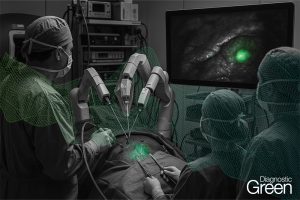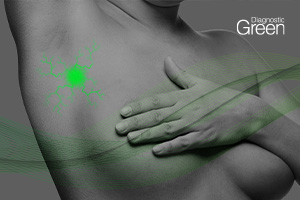Background: We compared the reliability of indocyanine green (ICG) angiography and intraoperative PTH levels for predicting early post-thyroidectomy hypocalcemia.
Methods: Prospective study of 94 patients (71% women, mean age 53.7 years) undergoing total thyroidectomy. An ICG score of 2 (white) indicated a well-vascularized gland. PTH preoperative levels-PTH postresection levels divided by preoperative PTH × 100 was used to determine the PTH decline percentage. A decrease of at least 62.5% or <17.1 pg/mL in ioPTH was the criterion for predicting hypocalcemia.
Results: At surgery, the four parathyroid glands were identified in 50 (53.2%) patients and <4 glands in 44. Calcium supplements were needed by 22 patients (23.4%) postoperatively, 11 patients in each group of 4 and <4 parathyroid glands identified. The diagnostic accuracy of ICG angiography (0.883, 95% confidence interval [CI] 0.800-0.940) and ioPTH (0.862, 95% CI 0.775-0.92) was similar. When all four parathyroid glands were identified, ICG angiography showed a slightly higher diagnostic accuracy, specificity and positive predictive than ioPTH levels, but when < 4 glands were identified, the ioPTH showed a slightly higher diagnostic accuracy, specificity and positive predictive value. Differences were not statistically significant for any of the comparisons.
Conclusions: The presence of one well-perfused parathyroid gland (ICG score 2) using ICG angiography or ioPTH decline, measured before and after completion of thyroid surgery, is both reliable methods in prediction of early post-thyroidectomy hypocalcemia independently of the number of glands identified intraoperatively.




